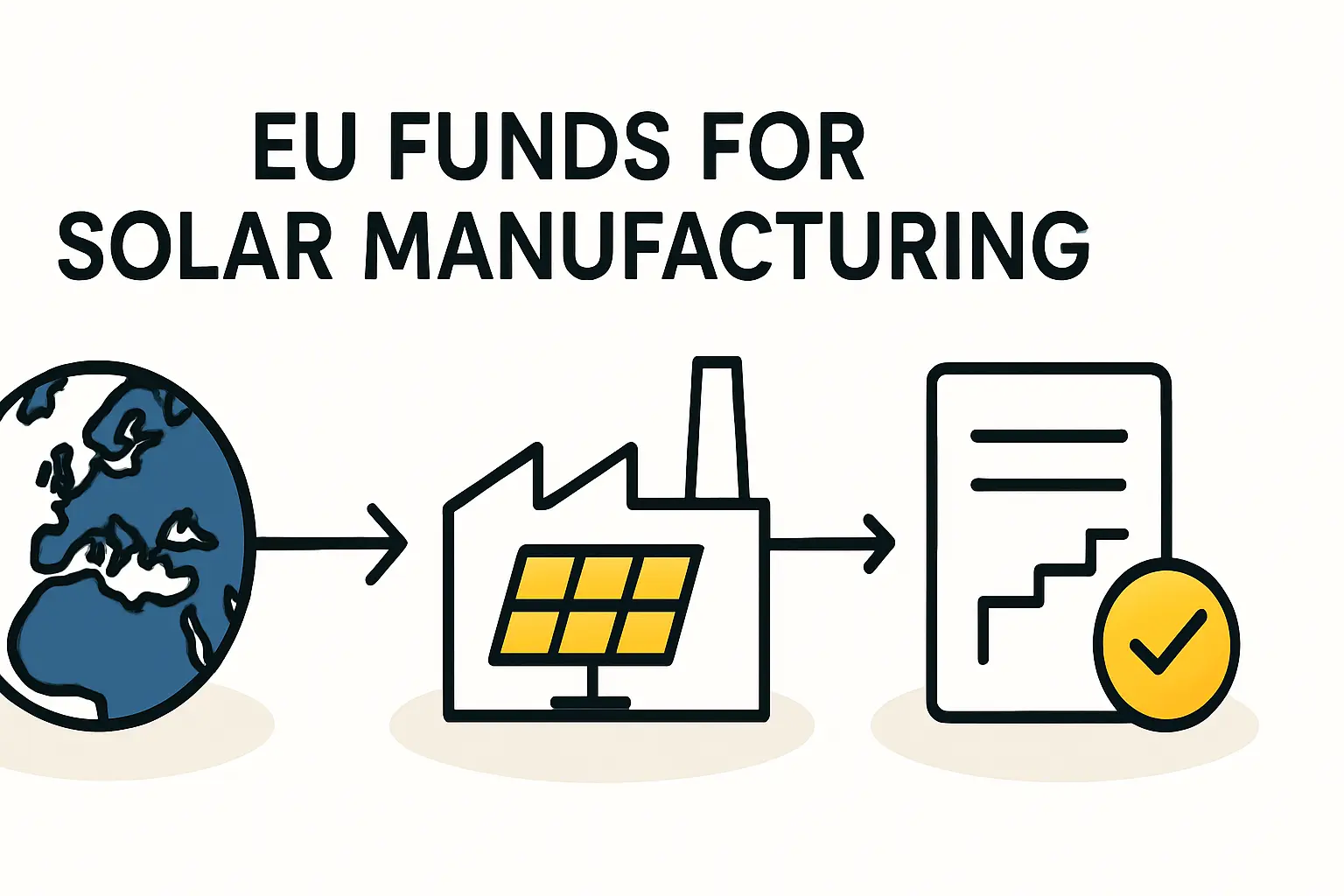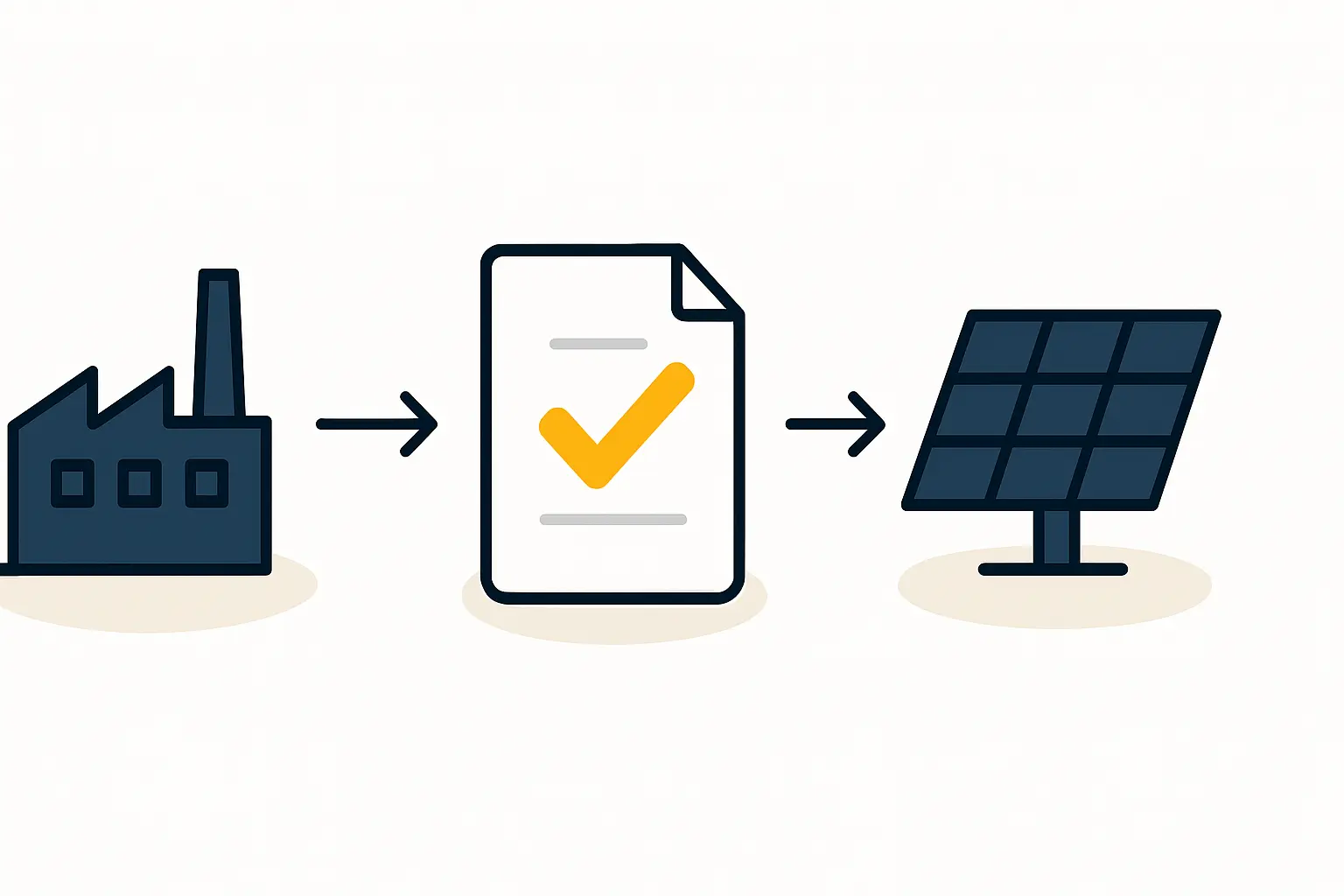Lithuania is on an ambitious path, striving to have one-third of its households generate their own electricity by 2030. This push towards empowering “prosumers”—citizens who both produce and consume energy—is a cornerstone of the country’s strategy to bolster its solar power capacity, enhance energy independence, and ultimately become a net energy exporter in the region.
Current Status of Lithuania self-generated electricity
As of the first half of 2024, the prosumer movement is gaining significant traction, with 16% of Lithuanian households now producing their own electricity. This represents a remarkable leap from just 9% at the end of 2022. The country’s total renewable energy capacity currently stands at 3 GW, composed of 2 GW from wind, 1 GW from solar, and a smaller 0.01 GW from hydropower. This progress is part of a wider trend across Europe, where homeowners, including those in Germany, are increasingly adopting solar to manage energy costs and reduce their carbon footprint.
However, the transition is not without its challenges. Recent months saw a decrease in wind power generation, which led to a temporary rise in natural gas consumption to meet electricity demand. During the first half of 2024, Lithuania produced 3.1 TWh of electricity—6% less than the same period in 2023. This dip was primarily attributed to a 15% reduction in wind generation, highlighting the importance of a diverse renewable energy portfolio to ensure a stable supply.
Solar Power Growth in Lithuania self-generated electricity
Despite the temporary setback in wind energy, solar power is surging ahead. In the first half of 2024 alone, Lithuania added an impressive 0.4 GW of new solar capacity. This rapid expansion is fueled by both residential installations and the development of large-scale solar farms, such as the recent opening of Lithuania’s Largest Solar Park Opens.
Ready to make big Profits?
The solar Industry is Booming
WE HELP NEWCOMERS to the solar industry start their own solar module production line. Customers can make BIG PROFITS by selling modules and finding investors, without wasting money and time on things they don't need!
This growth in solar infrastructure is a testament to advancements in the solar panel manufacturing process, which has made photovoltaic technology more efficient and accessible. The country’s total installed capacity has already reached significant milestones, as noted when Lithuania solar capacity Reaches 870 MW in 2024: A Stunning Achievement.
Future Goals for Lithuania self-generated electricity
Looking ahead to 2030, Lithuania has set clear targets to solidify its renewable energy landscape. The country aims to have 1 GW of solar power installed for household use, complemented by an additional 1 GW for businesses and industrial consumers. This goal is directly supported by proactive government policies. For instance, the Lithuania solar power program Launches 15 Million Euro Initiative for 2024, providing crucial financial incentives for individuals and communities to invest in solar.
Beyond individual installations, the strategy includes major utility-scale developments, with several large Lithuania solar projects 2025: 2 Amazing Solar Plants Transforming Energy already in the pipeline. To support this influx of renewable energy, Lithuania is also enhancing its grid infrastructure, including plans to increase electricity trading capacity with Poland. This move is vital for balancing the grid and facilitating the export of surplus green energy.
Lithuania’s focus on renewable energy is a multi-faceted strategy driven by the desire for energy security and economic opportunity. By rapidly expanding its solar capacity, empowering households to become energy producers, and investing in grid modernization, the country is not just reducing its carbon footprint—it is strategically positioning itself to become a key energy exporter by 2030.
To learn more about the fundamentals of solar energy production, consider exploring the basics of solar panel manufacturing. For those interested in the industry’s technical side, our free e-course offers a comprehensive look into the world of solar technology.



